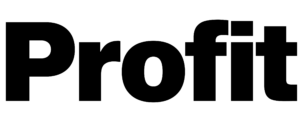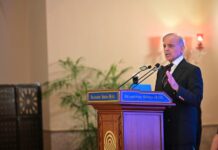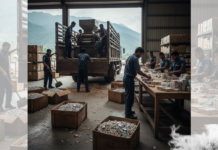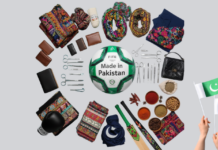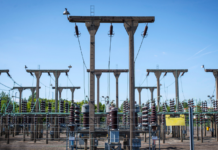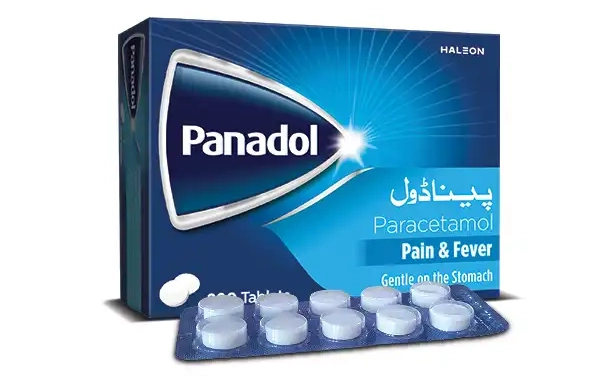Haleon Pakistan rode a powerful pricing wave over the past two years. The company behind Panadol, Sensodyne and CaC 1000 has seen its earnings swell as the government loosened control over many medicine prices and granted long-requested increases on paracetamol. But the latest numbers suggest that the easy part of the story may be over, and that future growth will depend much more on new products, exports and plain old volume rather than on price hikes.
Haleon Pakistan’s most recent published accounts – the nine months of calendar 2025 to September – show just how strong the deregulation windfall has been.
Net sales rose from Rs27.5 billion in 9MCY24 to Rs32.2 billion in 9MCY25, a robust increase of 17 percent. Management told investors that roughly 10 percentage points of that growth came from higher prices, with the remaining 7 percentage points driven by volume gains. The content in this publication is expensive to produce. But unlike other journalistic outfits, business publications have to cover the very organizations that directly give them advertisements. Hence, this large source of revenue, which is the lifeblood of other media houses, is severely compromised on account of Profit’s no-compromise policy when it comes to our reporting. No wonder, Profit has lost multiple ad deals, worth tens of millions of rupees, due to stories that held big businesses to account. Hence, for our work to continue unfettered, it must be supported by discerning readers who know the value of quality business journalism, not just for the economy but for the society as a whole.To read the full article, subscribe and support independent business journalism in Pakistan

